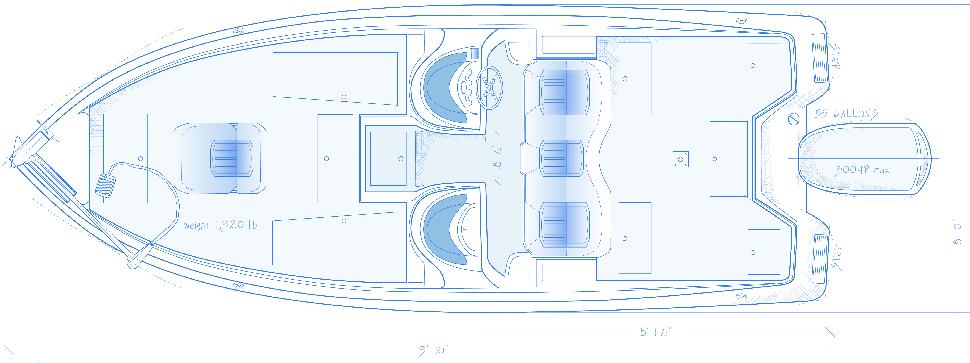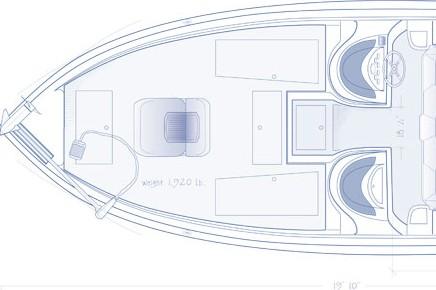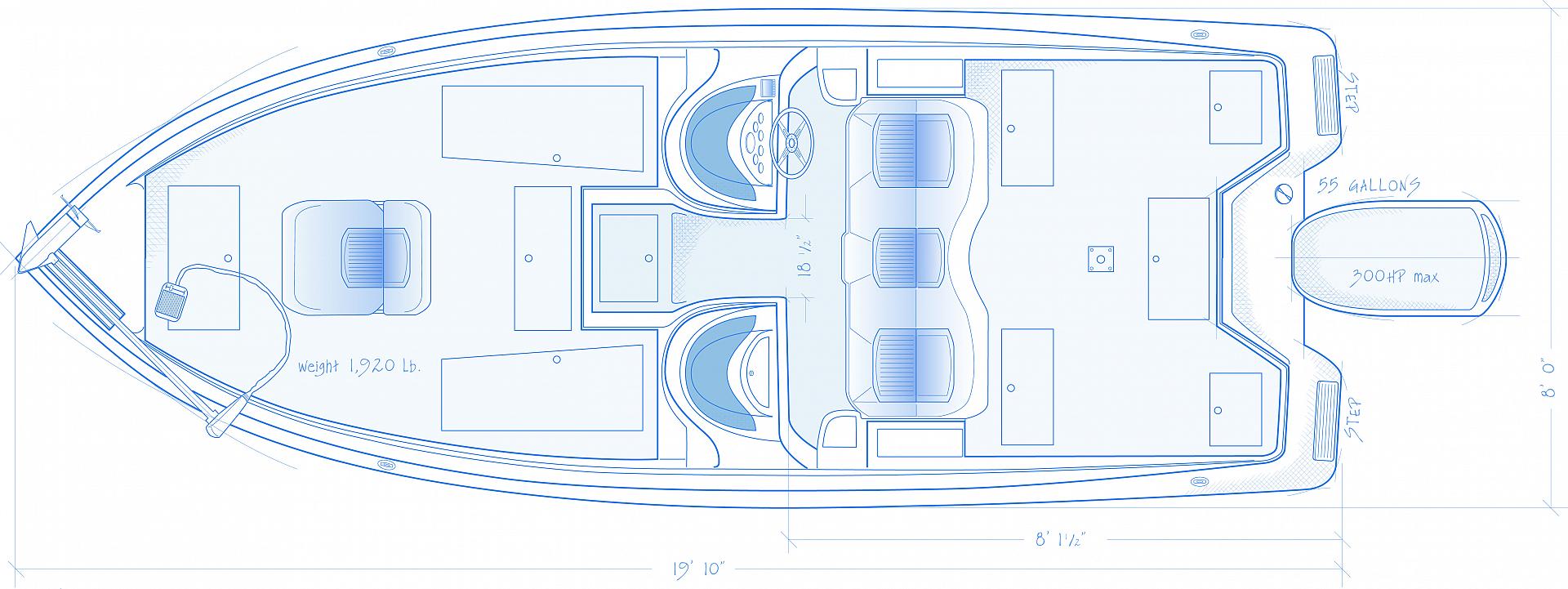A bow-to-stern primer on protecting your prized fishing boat over the cold months ahead
Advertisement
Most of us have to work hard to pay for our fishing gear, especially when it comes to a boat with all the trimmings. It only makes sense, therefore, to ensure that it’s stored properly during the off-season. Think of it as protecting your investment—and avoiding costly repairs. Follow this handy blueprint for winter boat care, and your rig will be ready for action when the open-water season returns.
1. Boat
Many boat dealers and certain marinas offer shrink-wrap services for winter boat storage. The plastic wrap completely seals your boat and protects it from the elements. If you want to do the job yourself, make sure the interior is well ventilated; the greenhouse effect of a sealed environment can produce humidity and moisture buildup. You also have to consider the invasion of animals seeking shelter. The likes of mice, muskrats and even cats can create a messy and smelly problem come spring. Rodents will also chew on the electrical harnesses. As for protecting the sonar transducer, wrap it in aluminum foil.
2. Trolling motor
Your trolling motor and electric downriggers should also be removed and stored in a dry area. Even if perfectly sealed, they’re still vulnerable to corrosion generated by humidity. Winter is also the time to make sure the propeller is in good shape and all the cables and attachments are functioning properly.
3. Batteries
Advertisement
Deep-cycle, or marine, batteries require special attention. Many anglers leave their marine batteries in their boats over the winter, which is okay as long as they’re continuously maintained at their peak charge. A discharged battery can easily freeze and crack or, at the very least, suffer plate damage from sulphation. It’s therefore important to recharge your batteries at least once every two months over the winter, even if they’re removed and stored elsewhere. Speaking of which, many people believe it’s a mistake to store them on a cool, concrete surface, but this is a misconception. In fact, cool temperatures help prolong battery life, making the cement floor of your basement or garage a good place for storage (place a piece of carpet beneath the battery to absorb any moisture). If you do leave your batteries in the boat, it’s absolutely necessary to remove all connections, as current will still flow through the wiring harnesses (aided by humidity, this can corrode the wiring). The best solution of all, however, is to simply remove the batteries. As for the on-board charger, it’s generally well protected against humidity. Still, make sure it’s disconnected from any electrical source and stored in a dry, well-ventilated area.
4. Electronics
Any electronic device that’s not permanently mounted should be removed and stored in boxes in a dry place (at an optimal temperature of 21°C). I even put a few packets of inexpensive silica gel in the boxes to help absorb moisture. As devices age, their seals can become less effective, making them susceptible to corrosion and other damage from fluctuating temperatures and the resulting moisture. Some VHF radios, for example, are notorious for poor seals. Then there’s the problem of liquid crystal display screens, the most expensive components on modern sonar and GPS units. If a unit is left in the boat over winter, the liquid crystal could freeze and crack the screen, making it unusable. (The antenna receiver for the GPS and automatic pilot can remain on the boat; just make sure they’re disconnected.) If there’s a compass on board, it should also be removed and placed in dry storage; freezing temperatures can cause the oil inside the dome to contract and expand, possibly cracking the diaphragms or the dome itself.
5. Motor
Don’t forget to winterize your outboard (and kicker, if you have one). Before pulling your boat out of the water, the first step is to stabilize the gasoline so it doesn’t go stale over the winter. Read the directions on whichever fuel stabilizer you use, then run the engine long enough to get the mixture from the gas tank to the carburetors, or fuel injectors. Next, coat the internal bearings and cylinders with oil to keep rust from forming. To do this, remove the breather box on the front of the engine and with the engine running at a fast idle, squirt oil into the throats of each carburetor or throttle body until it starts to smoke. When this happens, shut off the engine. Once the boat is out of the water, drain the gear case lubricant from the lower unit; if there’s any sign of water, it means there’s a seal leak somewhere and the gear case needs to be repaired. If there’s no water, fill the gear case from the bottom drain hole until oil comes out the top one, then reinstall the plugs. If the engine is a four-stroke, the crankcase oil and filter should be changed (old oil can cause corrosion over the winter). If you’re lucky enough to own an E-Tec engine, all you have to do is stabilize the gas, then trigger the on-board computer to winterize the engine.
6. Livewells
The livewells and all pumps should be disconnected and completely drained. This is a simple procedure that will prevent damage from ice formation.
Winter maintenance
If a piece of equipment on your boat isn’t working properly, winter is the time to get it checked out by a pro. For one, some repair shops offer pre-peak-season specials. Also, you won’t be competing with other anglers and pleasure boaters looking to get repairs done once they come out of hibernation next spring. If your equipment was properly winterized, any spring start-up problems should be minimal. However, you should still check all connections for corrosion before reconnecting your electrical devices. As well, battery terminals should be cleaned with a wire brush or sandpaper, and all the wiring should be checked for breaks.



